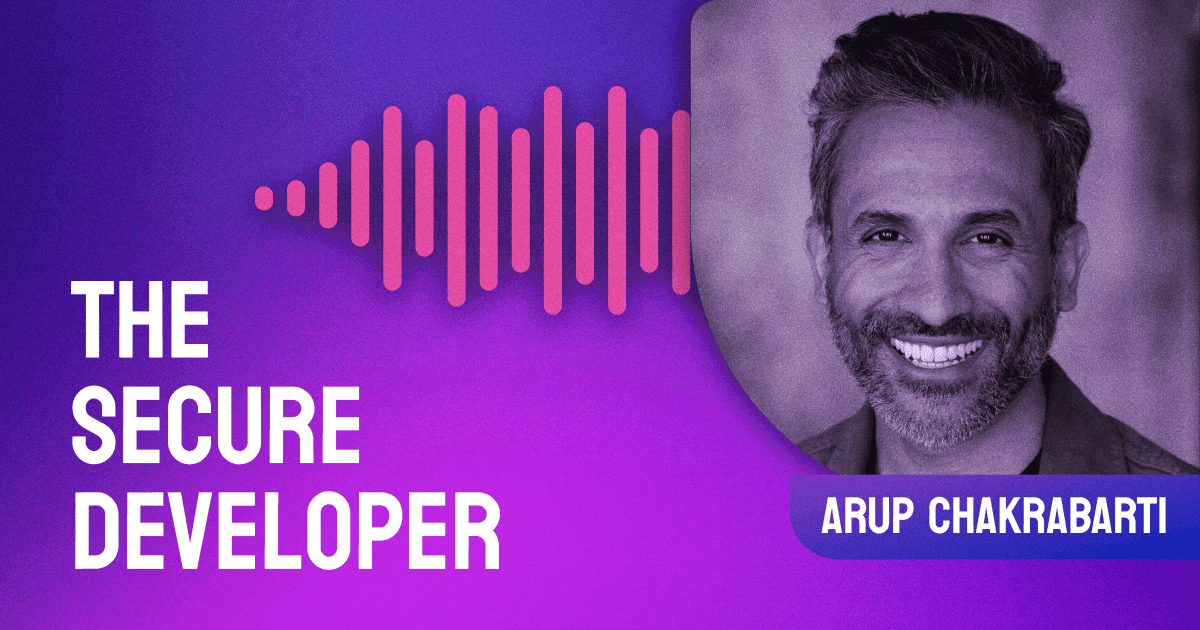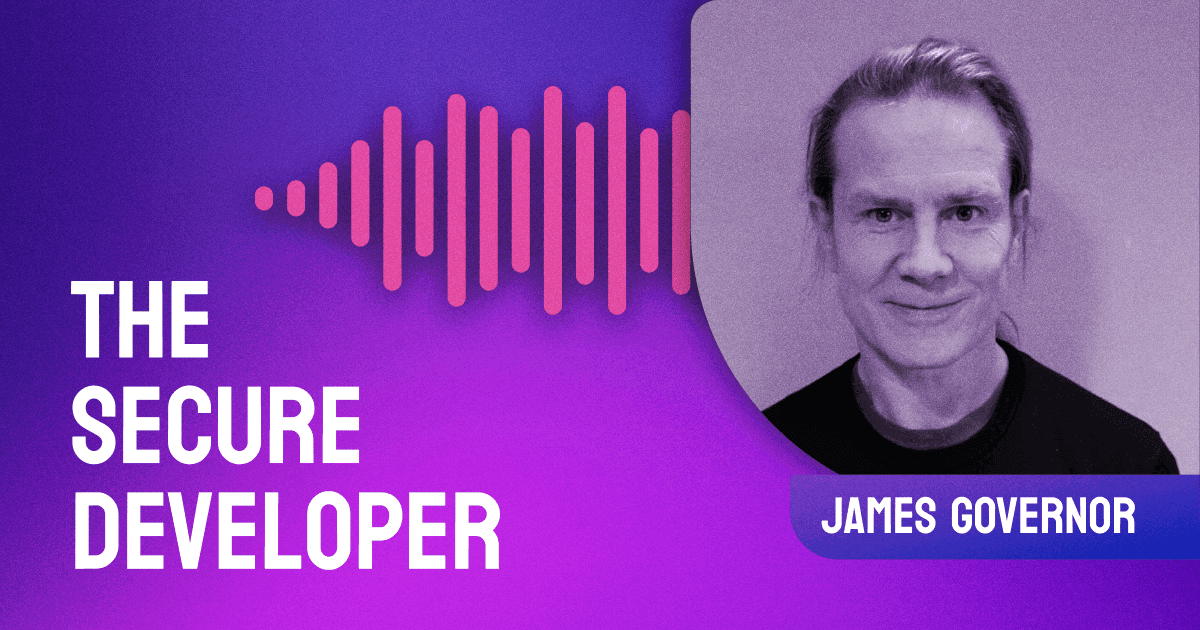In the latest episode of The Secure Developer, Guy is joined by Aren Sandersen. They examine the current state of access control systems and discuss the need for better education and tooling to support time-bound dynamic access control.
Aren also explains why most startups consider security too late and reveals the minimum mindset that all early stage startups need to adopt to manage their attack surface.
The post Ep. #10, Dynamic Authorization: The Evolution of Access Controls appeared first on Heavybit.





